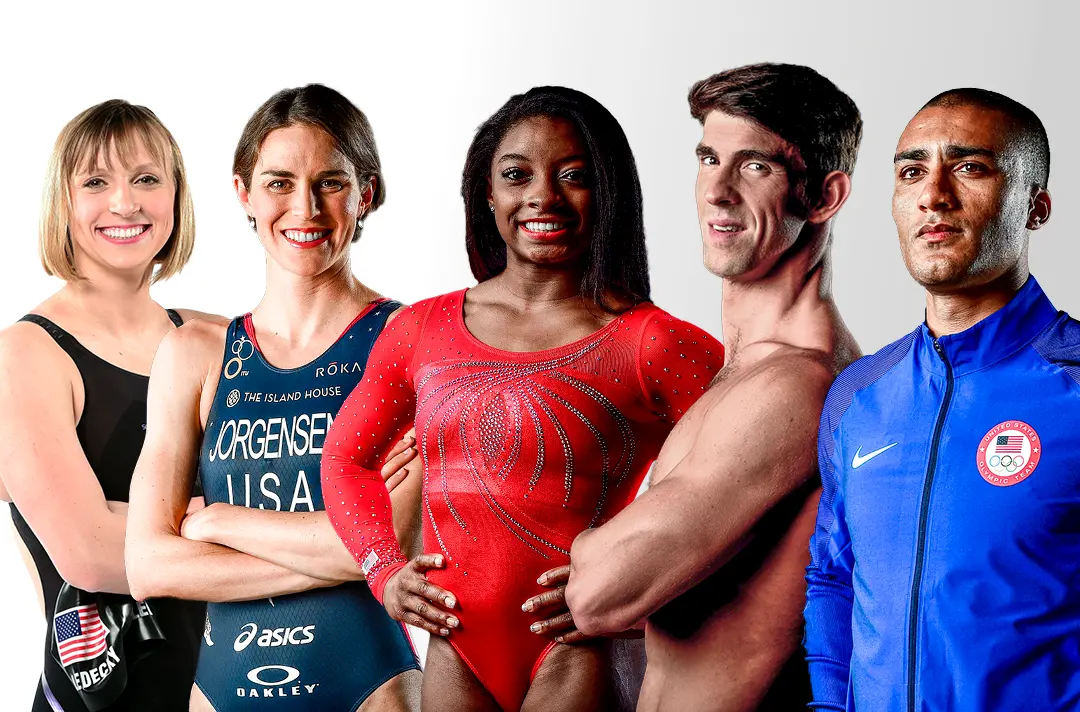Much is made of baseball’s July 31 trade deadline. Stars like David Price, Johnny Cueto, Yoenis Céspedes, Ben Zobrist, Carlos Gómez, and Cole Hamels were dealt away before what is commonly known as the trading deadline.
However, that deadline is really the non-waiver deadline. Teams can still make deals in August, but the player or players must pass through waivers in order to be traded anywhere.
To note, in order for players to be eligible for the postseason, they have to be on the team’s roster as of August 31, so big September trades aren’t very common.
What are waivers? There are two types of waivers: revocable and non-revocable.





